These air travel safety tips are what you need to know before stepping on an aircraft. Preparing for a flight involves more than booking your ticket and packing your bags. To ensure a smooth and secure journey, it’s essential to consider various aspects of air travel. Here are some valuable flying tips and insights to help you maximise your flying experience.
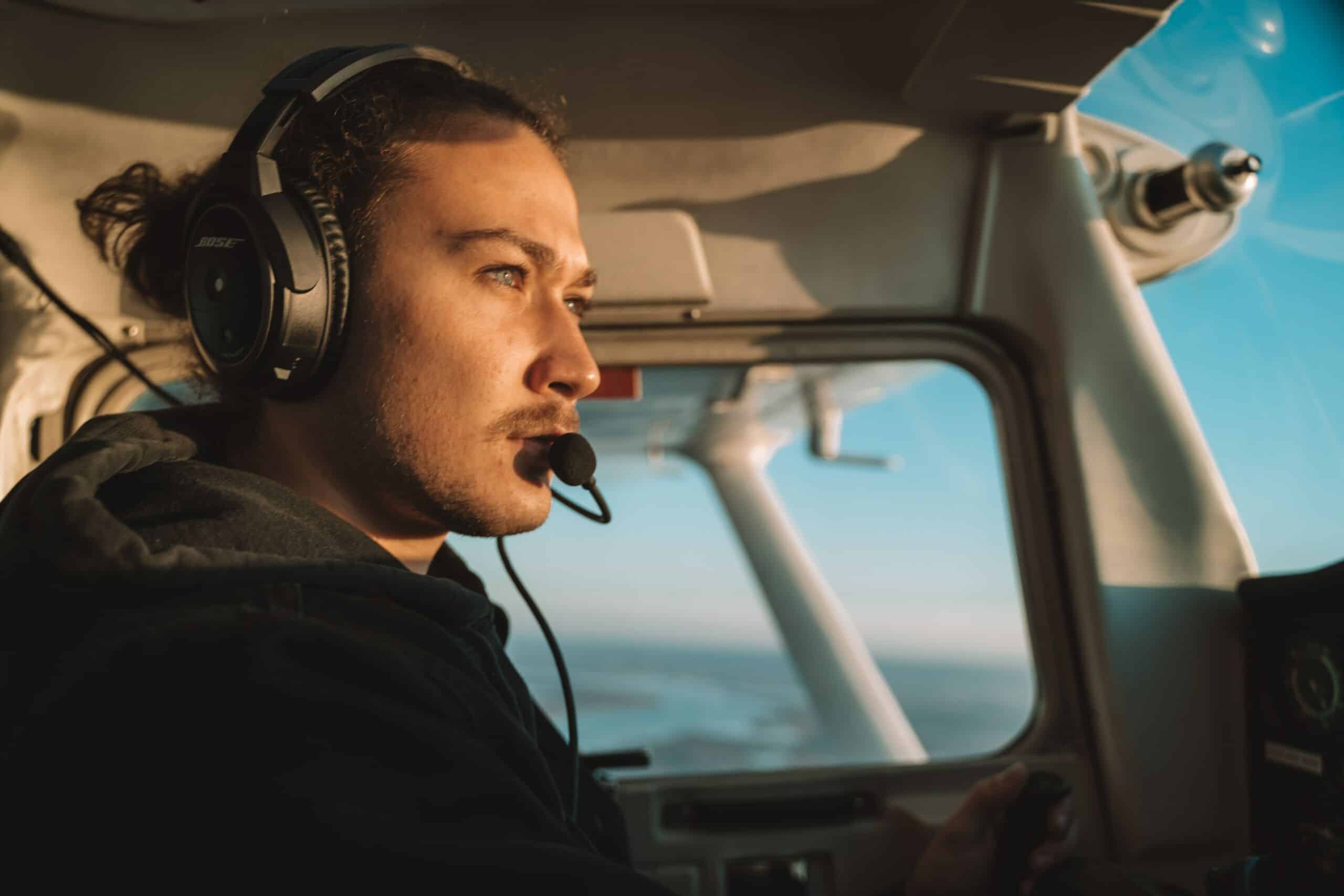
Air Travel Safety Tips
We start this list with flying tips for first-time flyers. The anticipation of soaring thousands of feet above the ground and the unfamiliar sensations of take-off, landing, and cruising can trigger anxiety and uncertainty. Furthermore, navigating airports, security checks, and the overall intricacies of air travel can further compound the stress.
However, it’s important to remember that these feelings are entirely normal. Flying is incredibly safe, and with the proper knowledge and preparation, first-time flyers can transform their apprehension into excitement and embark on a journey to remember.
First-time flying tips
Please pay attention to the cabin crew’s safety briefing and follow their instructions during the flight. The cabin crew will demonstrate how to operate the emergency exit doors, including the main cabin doors and other exits. Please take note of the nearest exit to their seat and count the rows to it, as visibility may be reduced in an emergency. It’s essential to understand that opening an exit door is a serious decision and should only be done if the cabin crew or the situation demands it.
The safety briefing also covers using oxygen masks, typically located above each seat. Passengers will be instructed to pull the mask down to start the oxygen flow in case of a sudden loss of cabin pressure. It’s crucial to cover your nose and mouth with the mask and secure it before assisting others, including children.
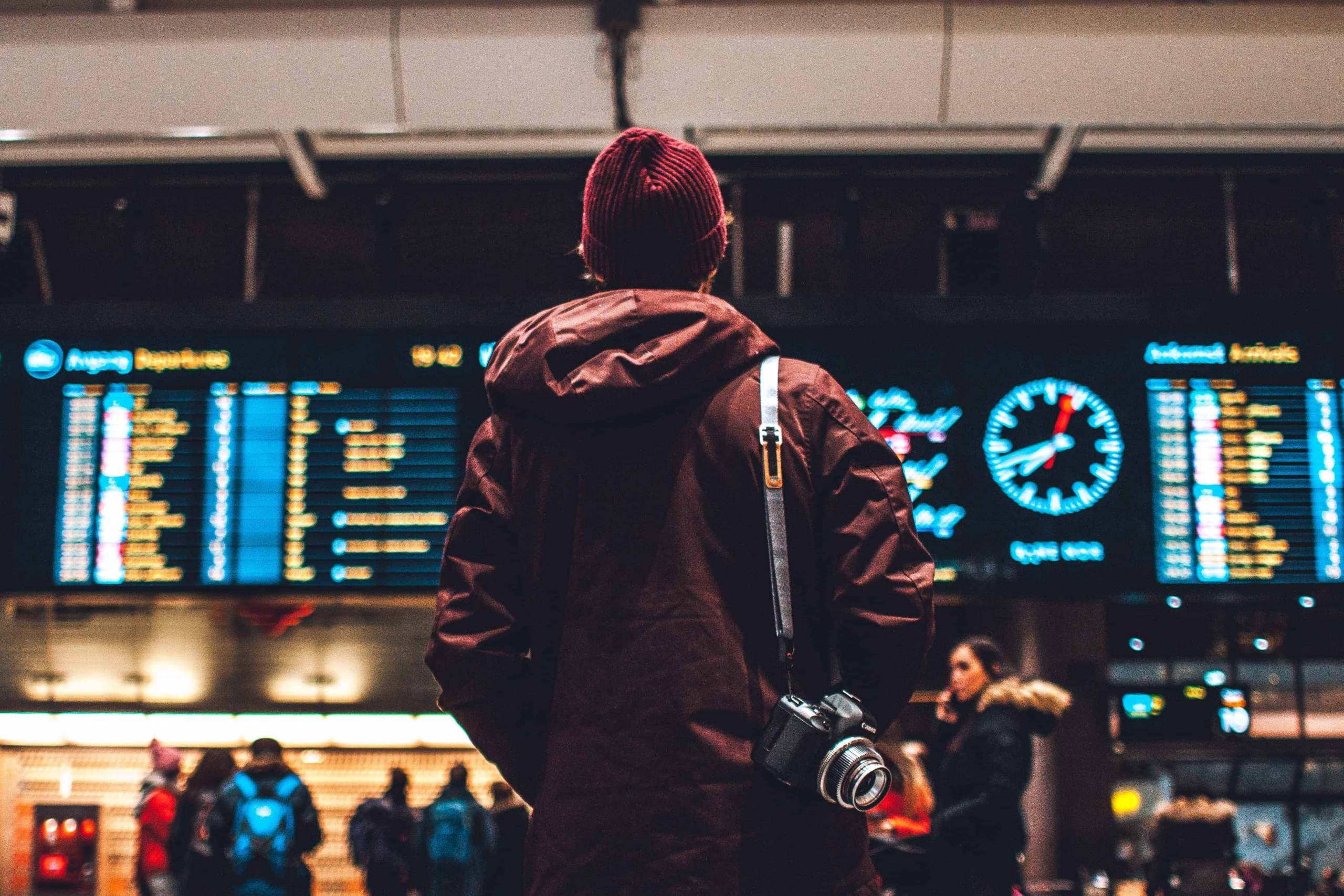


Check airport monitors for flight information. This is an excellent flying tip. You will probably receive flight status updates on your smartphone once you check in for a flight, but the large airport monitors are still your best bet for the most up-to-date information. Once you are ready to head to your respective gate, double-check the gate number on these monitors to ensure you don’t end up on the other side of the airport.
Prepare for turbulence. Turbulence occurs when the plane experiences a sudden shift in airflow, be it from mountains, jet streams, or storms. Pilots look for thunderstorms and dangerous winds along the flight path, and they’ll turn on the seat belt sign in those situations (see our flying tip on seat belts below). Sometimes, though, turbulence can occur out of the blue. This is called clear-air turbulence, and it can happen even in cloudless conditions.
One of our tips for first-time flyers is to mentally prepare for turbulence. Modern commercial planes are built to withstand shaking. Know that advanced systems, computers, and experienced pilots work together to adapt to current conditions to bring you to your destination. If the plane you are in encounters turbulence, remain calm and trust in the technology and expertise that keep you safe.
Arrive at the airport early. Timely arrival at the airport is crucial to avoid unnecessary stress. Recommended arrival times vary based on your destination. Here are general air travel tips: Arrive at least 2 hours before you depart for domestic flights. For international flights, allow for a 3-hour buffer. Remember that boarding typically commences 45 minutes before take-off, and the gate closes 15 minutes before scheduled departure.
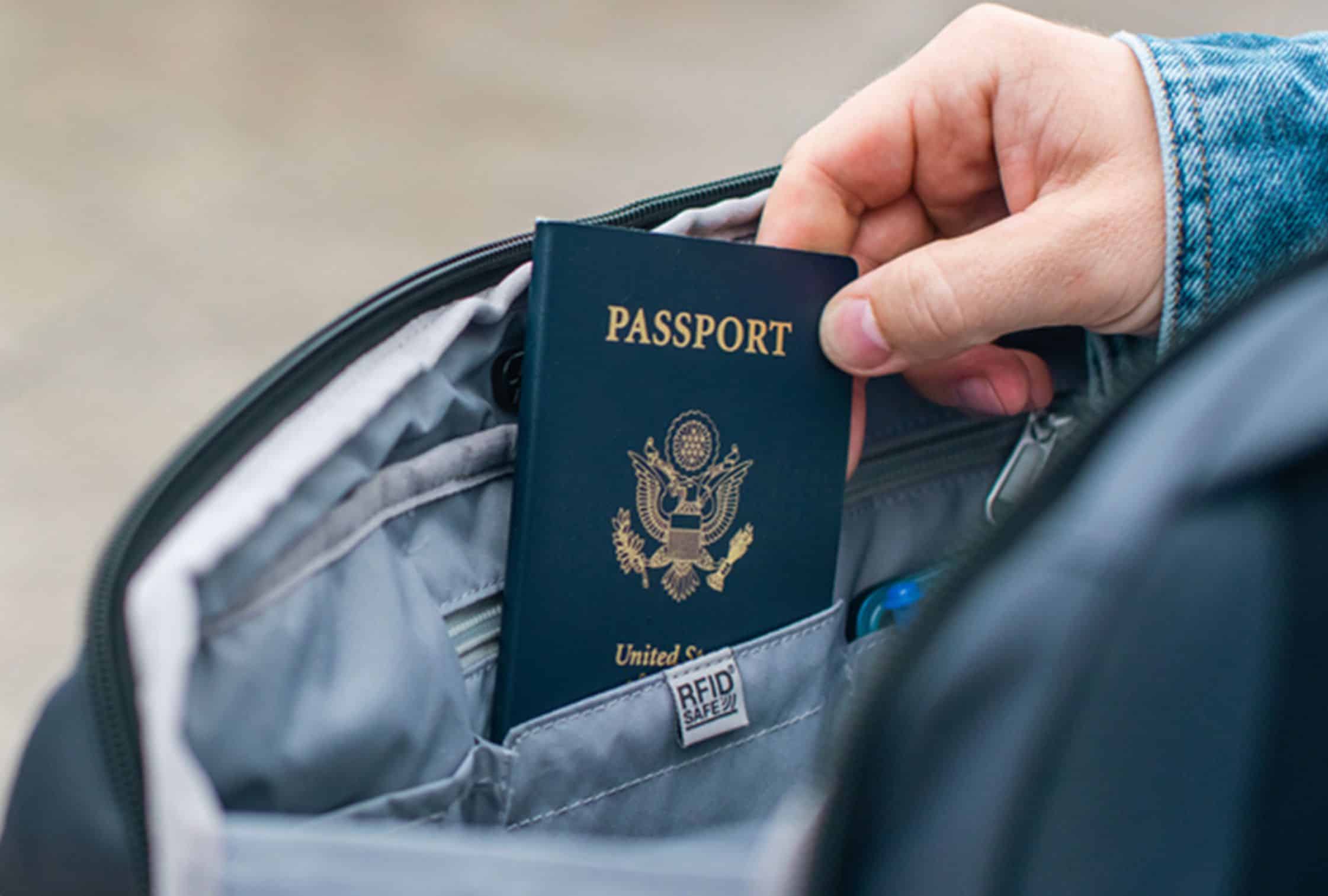


Arriving with ample time allows you to navigate security checks smoothly, have a coffee and charge your devices before your flight. Give yourself even more time to check in if you don’t travel frequently, you feel anxious about flying and need extra time to ease your worries, or you’re travelling with children, require wheelchair assistance, and need help getting to the gate.
Stay informed about COVID-19 procedures. While many travel processes have returned to normal post-pandemic, some airports and airlines may still have additional health screening procedures. Check the specific requirements for the countries you’ll travel through or to. Be prepared for potentially longer wait times, especially during peak travel seasons such as Christmas, New Year and school holidays.
Ensure your name matches your passport. To comply with air security rules, your passenger name must match the name on your passport or government-issued photo identification. Any discrepancies can lead to difficulties passing through airport security or even denied boarding, as corrections are often not allowed once your ticket is confirmed.
Flying Tips for Everyone
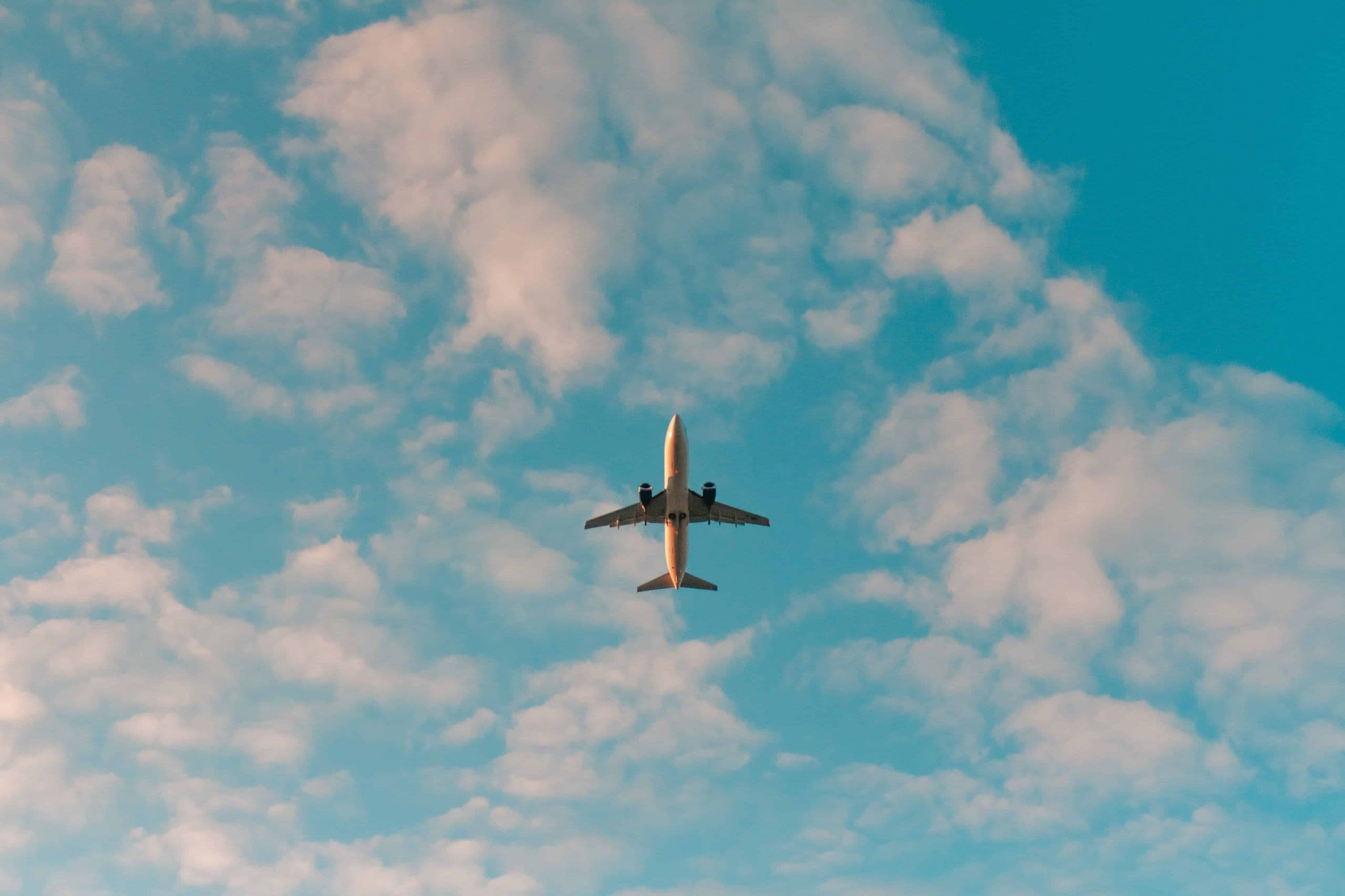


Whether you’re a first-time flyer or a seasoned traveller, here are some essential flying tips to ensure a more informed and safer journey.
Our first flying tip is not to stress over sounds. While flying, you might hear various sounds like thumps, pings, bangs, or whirs, especially during take-off and landing. These noises are usually nothing to worry about. Some beeps indicate when passengers should remain seated or allowed to move around the cabin or when specific systems are operating. It’s the airline crew’s way of communicating with each other from across the aircraft.
Here, Qantas revealed that a “boing” sound after take-off lets the crew know that the landing gear is being retracted, while a single chime signifies that a passenger requires assistance.
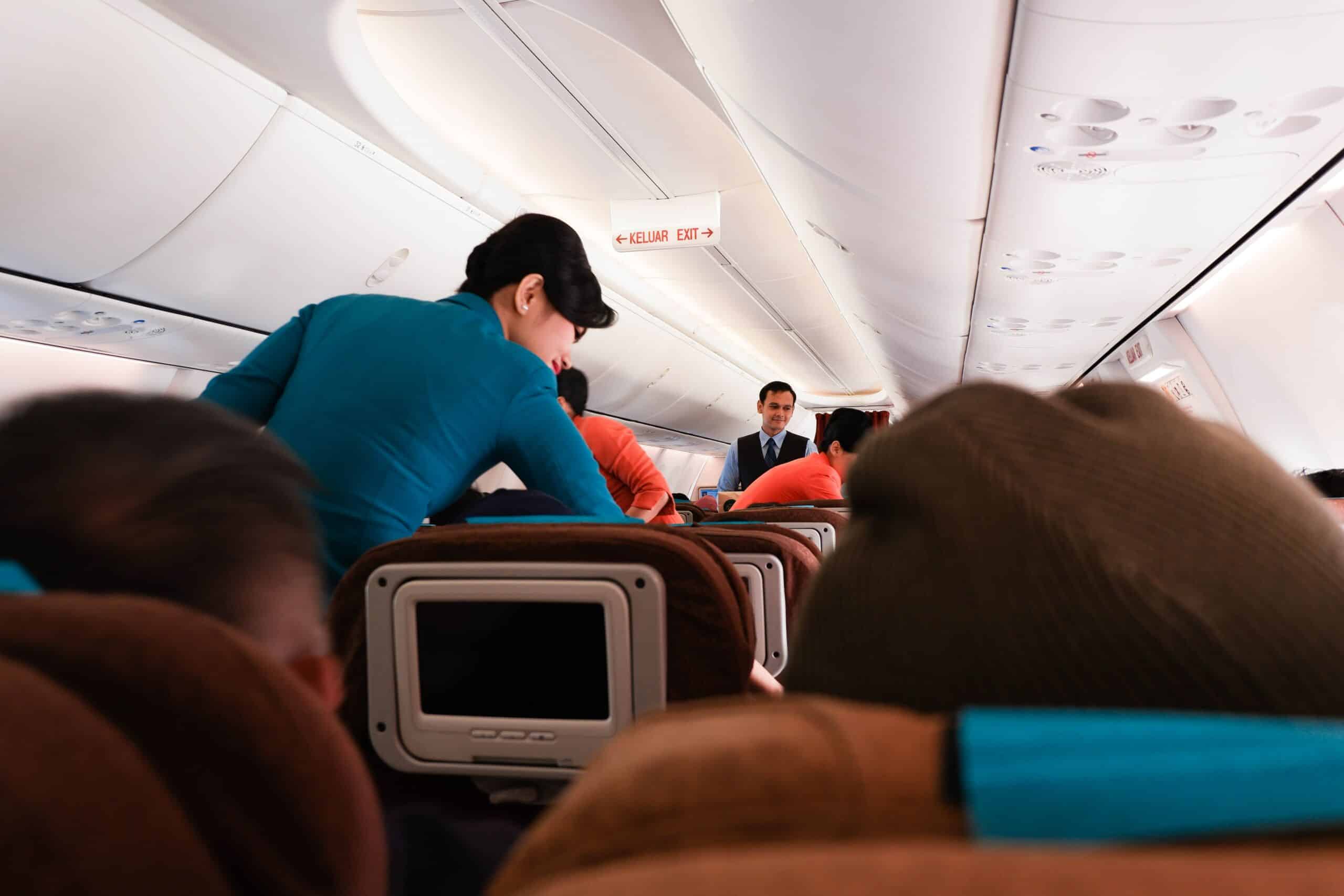


Please be sure to respect airline security policies. There is no room for joking or verbalising threats. We cannot stress how important this is. Flight attendants are trained to report any suspicious behaviour to the captain. Even seemingly harmless statements about guns or jokes about security can lead to a passenger’s removal from the flight. Also, do respond to the flight attendants when they ask questions or make a request. While you may not agree with some of these measures, they are essential for ensuring safety and harmony on crowded planes.
Be prepared for challenging landings. Some airports worldwide present unique landing challenges, making the journey an adventure. For example, in Bhutan, planes must navigate between narrow and remote mountain terrain, and only a few pilots (news reports as of August 2023 say only 24 pilots) are trained and certified to execute the breathtaking landing in Paro, Bhutan.
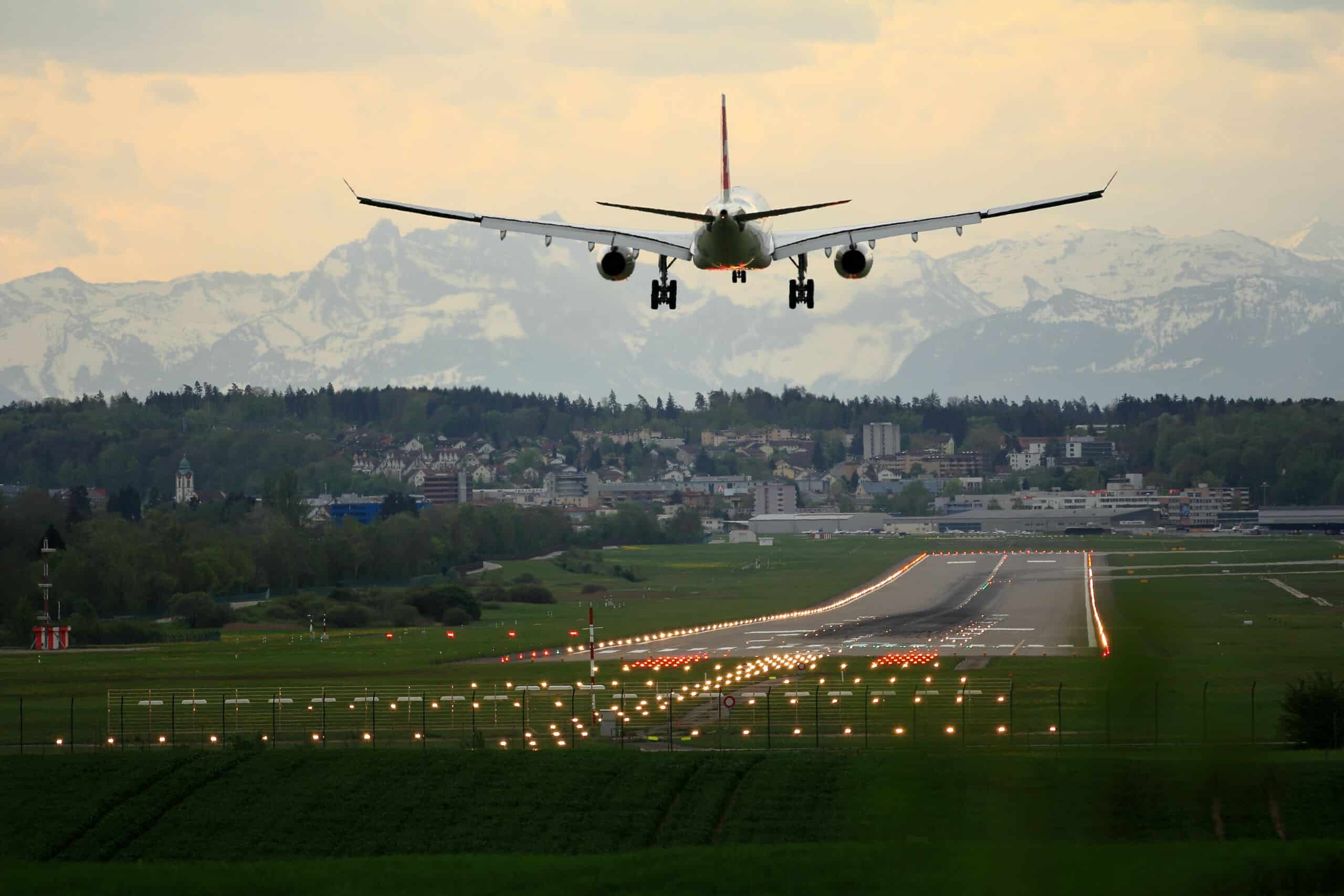


Other airports with challenging landings include:
- Lukla Airport in Nepal is the gateway airport to Mount Everest. This small airport features a short runway nestled between mountains.
- Gisborne Airport in New Zealand has a railway intersecting with the runway. This means a train can travel just a few feet from a landing aeroplane. Naturally, the traffic in the area is very well controlled.
- Tioman Airport’s landing strip used to offer quite a scary experience, but now the runway has been extended, so it’s less alarming. The pilot has to head straight for the mountain range and make a very sharp right-hand turn to line up for the runway. Accuracy is vital, as overshooting is not an option.
Stay hydrated and keep essential items close to you. Dehydration is a common issue during flights due to the low humidity levels in the cabin. To stay comfortable and healthy, drink plenty of water before, during, and after your flight.
Keep essential items like medications, travel documents, a change of clothes, and personal hygiene products in your carry-on bag. If your checked luggage is delayed or lost, having these essentials on hand can prevent inconvenience and stress.
Here are some additional tips for staying hydrated and keeping essential items close to you on a flight:
- Bring a reusable water bottle and fill it up before you board the plane. Alternatively, you can also ask the flight attendants for water refills during the flight.
- Avoid drinking alcohol and caffeine on flights, as these can dehydrate you.
- If you are taking medication, make sure to bring enough for the entire flight, plus a few extra days in case your flight is delayed or cancelled.
- If you are wearing contact lenses, bring a spare pair and a bottle of rewetting drops.
- If you have any special dietary needs, such as food allergies or intolerances, be sure to pack your own snacks and drinks.
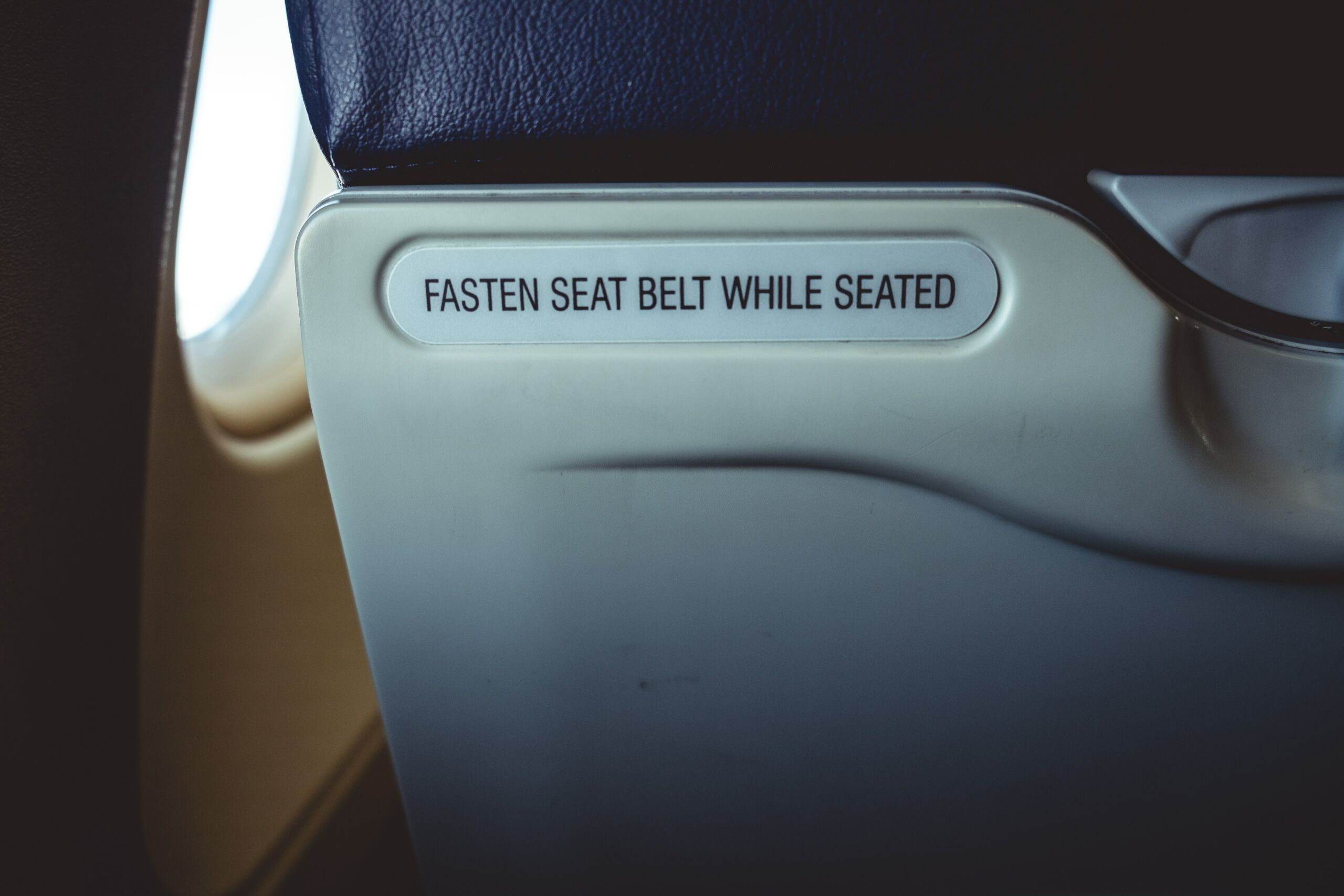


Please make sure to keep seat belts fastened when seated. During a flight, turbulence can occur unexpectedly. To ensure your safety, always keep your seat belt fastened when seated, even if the seat belt sign is turned off. This precaution helps protect you from potential injuries if the aircraft encounters sudden turbulence or the pilot decides to abort take-off or landing.
Listen to crew instructions. The flight crew is highly trained in safety procedures and emergency protocols. Always pay attention to and follow their instructions, especially during take-off, landing, and in the event of an emergency. If there’s ever an unexpected situation on the plane, your cooperation with the crew is crucial for the safety of all passengers.
Be mindful of cabin pressure: Changes in cabin pressure during take-off and landing can cause discomfort, particularly in your ears. You can swallow, yawn, or chew gum to equalise pressure and alleviate this discomfort. Consider using a decongestant spray before the flight if you have a cold or sinus congestion. Do follow your doctor’s or the manufacturer’s instructions.
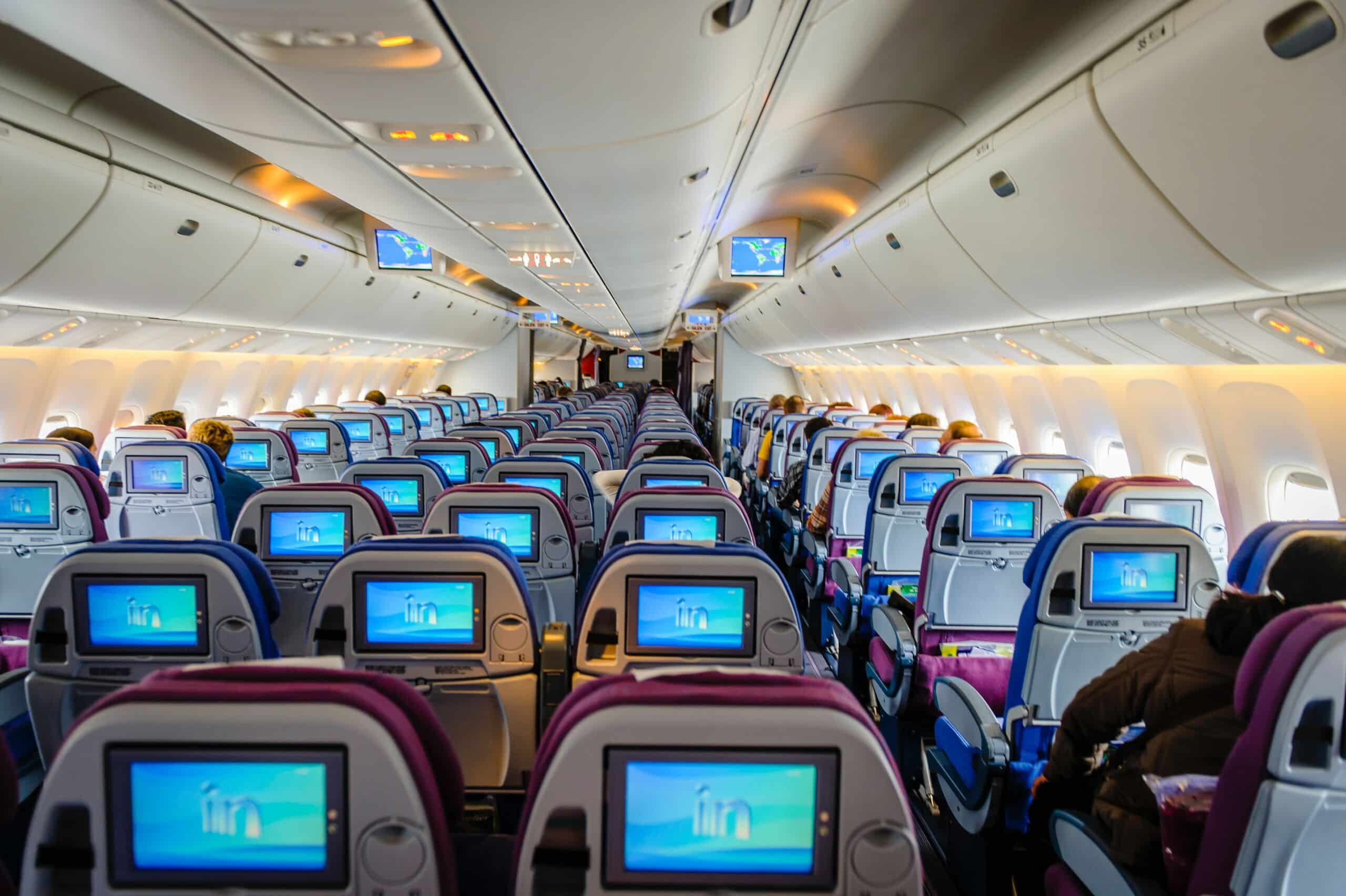


Choose your seat wisely. Our tips for first-time flyers include carefully considering where you will sit in a plane. Your seat choice can impact your safety and comfort during a flight. If safety is your top priority, consider sitting closer to the front of the aircraft, as studies have shown that these seats tend to have a higher survival rate in the unlikely event of a crash.
However, if you value comfort, you might prefer an exit-row seat or one with extra legroom. Do note that some airlines charge extra for exit row seats or seats with extra legroom. Remember that exit row seats come with responsibilities, such as assisting in an emergency evacuation, so choose according to your preferences and priorities. If you are travelling with children or have mobility issues, you may want to choose a seat closer to the front of the plane or near the restrooms.
By following these air travel tips and staying informed about the intricacies of air travel, you can enhance your safety, comfort, and overall experience. Whether you’re a seasoned traveller or embarking on your first flight, these insights will help ensure a pleasant and worry-free trip. Safe travels!
For the holiday of your dreams,
REACH OUT TO US AT +603 2303 9100 OR
[email protected]
You may also be interested in:
